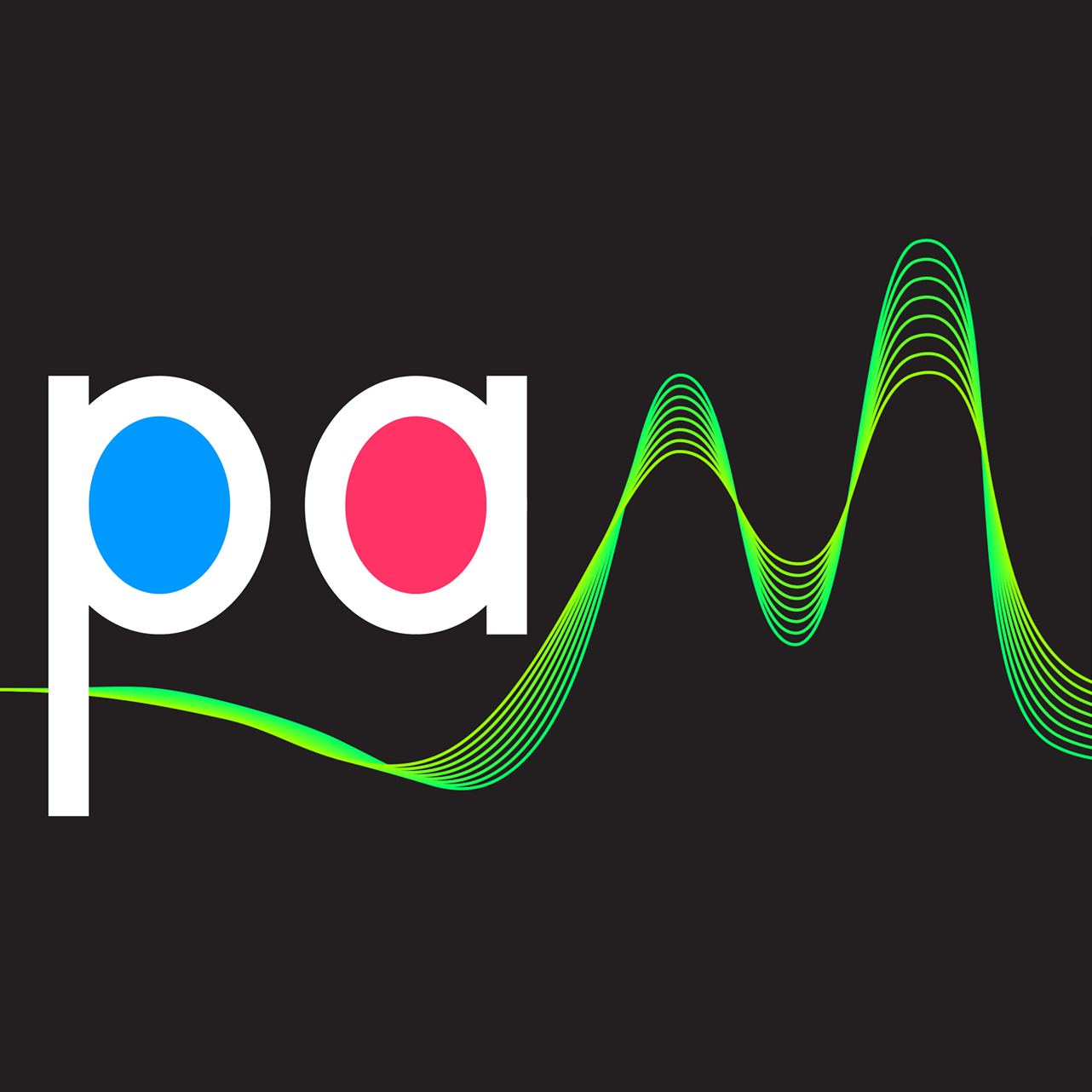Phonetic and phonological L1 attrition and drift in bilingual speech
Published in The Cambridge Handbook of Bilingual Phonetics and Phonology, 2024
This contribution presents an overview of what is currently known about phonetic and phonological first language (L1) attrition and drift in bilingual speech as well as a new theory of bilingual speech, Attrition & Drift in Access, Production, and Perception Theory (ADAPPT), which devotes special attention to L1 change. Attrition and drift are defined and differentiated along several dimensions, including duration of change, source in second language (L2) experience, consciousness, agency, and scope. The chapter addresses why findings of attrition and drift are important for our overall understanding of bilingual speech and draws links between ADAPPT and well-known theories of L2 speech, such as the revised Speech Learning Model (SLM-r), Perceptual Assimilation Model-L2 (PAM-L2), and Second Language Linguistic Perception model (L2LP). More generally, the significance of findings revealing attrition and drift are discussed in relation to different linguistic subfields, such as sociolinguistics, usage-based theory, and generative linguistics. The chapter raises the question of how attrition and drift potentially interact to influence speech production and perception in the bilingual’s L1 over the lifespan; additional directions for future research are pointed out as well.
| doi: 10.1017/9781009105767.033 |
Recommended citation: de Leeuw, E., & Chang, C. B. (2024). Phonetic and phonological L1 attrition and drift in bilingual speech. In M. Amengual (Ed.), The Cambridge handbook of bilingual phonetics and phonology (pp. 721–745). Cambridge, UK: Cambridge University Press.
Download Paper
